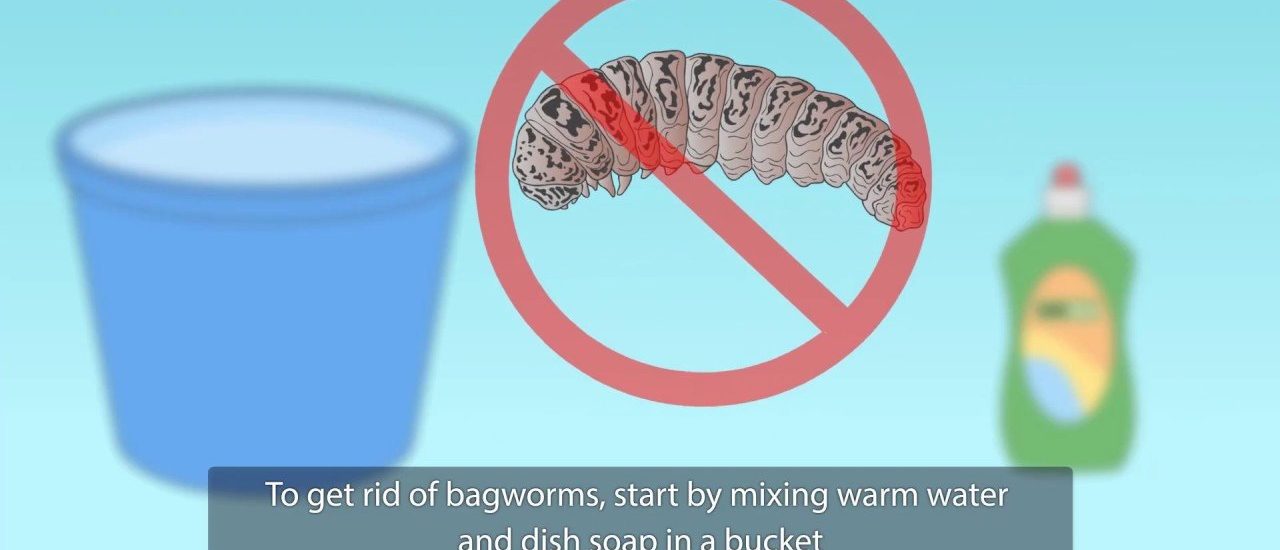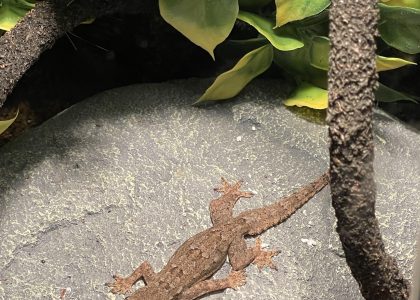To get rid of plaster bagworm, start by inspecting your home for any signs of their presence. Remove any visible bagworm cases and vacuum thoroughly to eliminate eggs and larvae. Seal cracks and crevices where they may enter, and consider using insecticides as a last resort. Taking proactive steps to control and prevent their infestation can help maintain a bagworm-free environment. Stay tuned as we explore effective strategies for dealing with these pesky pests.
How to Get Rid of Plaster Bagworm: A Comprehensive Guide
If you’ve ever noticed tiny, silken cases hanging from your walls or ceilings, chances are you have encountered plaster bagworms. These pesky little insects can be a nuisance in any home, but fear not! In this guide, we will explore various methods on how to effectively get rid of plaster bagworms and prevent them from coming back.
Understanding Plaster Bagworms
Plaster bagworms, scientifically known as Phereoeca uterella, are small moth larvae that create protective cases made of silk and debris such as dust, lint, and food particles. These cases can often be mistaken for tiny cocoons or pieces of lint, making them difficult to spot until a full-blown infestation occurs. While these insects are not harmful to humans, they can cause damage to fabrics, rugs, and other organic materials in your home.
Identifying Plaster Bagworm Infestations
Before you can effectively get rid of plaster bagworms, you need to be able to identify the signs of an infestation. Look out for small, cone-shaped cases hanging from ceilings, walls, or other surfaces. These cases can vary in size but are typically around half an inch long. Additionally, you may notice small holes in fabric items or webbing in corners where the larvae reside.
Methods to Get Rid of Plaster Bagworms
1. Vacuuming
One of the most effective ways to eliminate plaster bagworms is by vacuuming up any visible larvae, cases, and webs. Use a handheld vacuum or the hose attachment of your regular vacuum cleaner to carefully remove these pests from walls, ceilings, and corners. Be sure to empty the vacuum bag or canister outside to prevent the larvae from escaping.
2. Cleaning and Decluttering
Plaster bagworms are attracted to dust, lint, and food particles, so keeping your home clean and clutter-free can help deter these insects. Regularly dust and vacuum all surfaces, especially in areas where you have noticed bagworm activity. Pay close attention to curtains, rugs, and upholstered furniture where larvae may hide.
3. Sealing Cracks and Gaps
To prevent plaster bagworms from entering your home, seal any cracks, gaps, or crevices in walls, ceilings, and windows. Use caulk or weatherstripping to seal off potential entry points and reduce the chances of a re-infestation. Check for gaps around pipes, vents, and electrical outlets as well.
4. Natural Predators
Introducing natural predators such as certain species of parasitic wasps or predatory beetles can help control plaster bagworm populations in your home. These beneficial insects feed on the larvae and can be a sustainable and eco-friendly way to keep the infestation in check.
5. Chemical Treatments
If the infestation is severe or persistent, you may need to resort to chemical treatments to get rid of plaster bagworms. Look for insecticides labeled for use against carpet beetles, clothes moths, or fabric pests. Always read and follow the instructions carefully to ensure the safety of your family and pets.
Preventing Future Infestations
1. Regular Cleaning
Maintaining a clean and tidy home is key to preventing plaster bagworms and other pests from taking up residence. Vacuum and dust regularly, especially in areas prone to infestations, such as closets, storage rooms, and attics.
2. Proper Storage
Store clothing, linens, and other fabric items in airtight containers or bags to prevent plaster bagworms from accessing them. Consider using mothballs or cedar blocks in storage areas to repel these pests naturally.
3. Outdoor Maintenance
Keep the exterior of your home well-maintained to prevent plaster bagworms from entering in the first place. Trim back vegetation, seal cracks in the foundation, and repair damaged screens to reduce the likelihood of an infestation.
4. Monitor and Inspect
Regularly inspect your home for signs of plaster bagworm activity, such as hanging cases or webbing. By catching infestations early, you can prevent them from spreading and causing extensive damage.
In conclusion, getting rid of plaster bagworms requires a combination of proactive measures, regular cleaning, and the use of effective control methods. By following the tips outlined in this guide and staying vigilant, you can effectively manage and prevent plaster bagworm infestations in your home. Remember, prevention is key to maintaining a pest-free living environment.
Immediately remove these insects from your home‼️😱 #shortsfeed #shorts
Frequently Asked Questions
What are plaster bagworms and why are they a problem?
Plaster bagworms are small caterpillars that create protective silken cases covered in debris. They can infest homes and feed on organic matter like spider webs and dust, causing damage to walls, ceilings, and other surfaces.
How can I identify a plaster bagworm infestation?
You can identify a plaster bagworm infestation by the presence of small, cone-shaped silken cases attached to walls or ceilings. Inside the cases, you may find live caterpillars or their cast skins.
What steps can I take to eliminate plaster bagworms from my home?
To get rid of plaster bagworms, start by vacuuming up any visible bagworms, cases, and eggs. Clean and dust regularly to remove food sources and reduce their attraction to your home. Consider using insecticides labeled for bagworm control as a last resort.
Are there any preventive measures to avoid future plaster bagworm infestations?
Prevent future plaster bagworm infestations by sealing cracks and gaps in walls, ceilings, and windows to block their entry points. Minimize clutter and maintain cleanliness to reduce potential hiding spots and food sources for the bagworms.
Can I remove plaster bagworms without using chemical insecticides?
Yes, you can remove plaster bagworms without chemical insecticides by relying on natural methods like vacuuming, cleaning, and maintaining a pest-free environment. Regularly inspect and remove bagworms manually to control their population effectively.
When should I consider seeking professional help for a plaster bagworm infestation?
If your efforts to eliminate plaster bagworms are not effective or the infestation persists, it may be time to seek professional pest control services. Pest management experts have the expertise and tools to address severe infestations and provide long-term solutions.
Final Thoughts
In conclusion, getting rid of plaster bagworms is crucial to protect your home from damage. Begin by removing any infested items and vacuuming thoroughly. Use insecticides or natural remedies like neem oil to treat affected areas. Monitor regularly to prevent future infestations. Taking proactive steps in controlling plaster bagworms can safeguard your home and belongings effectively.










